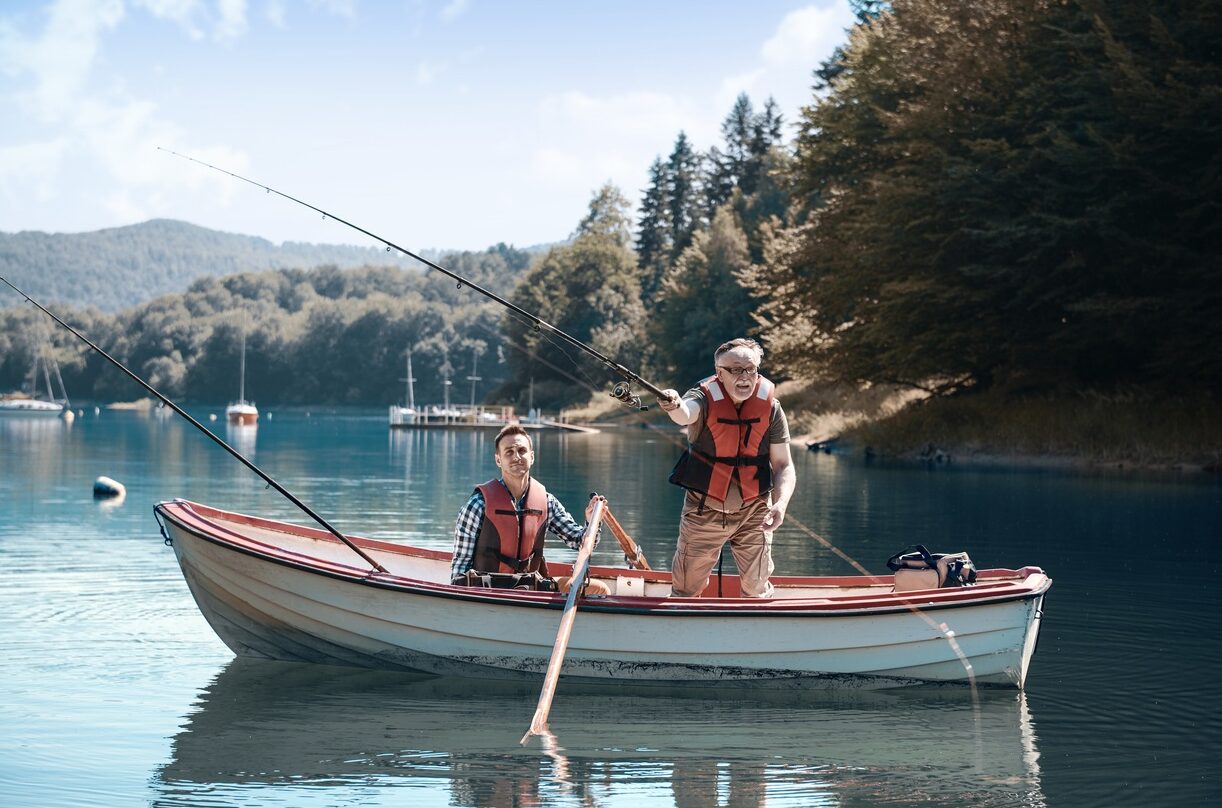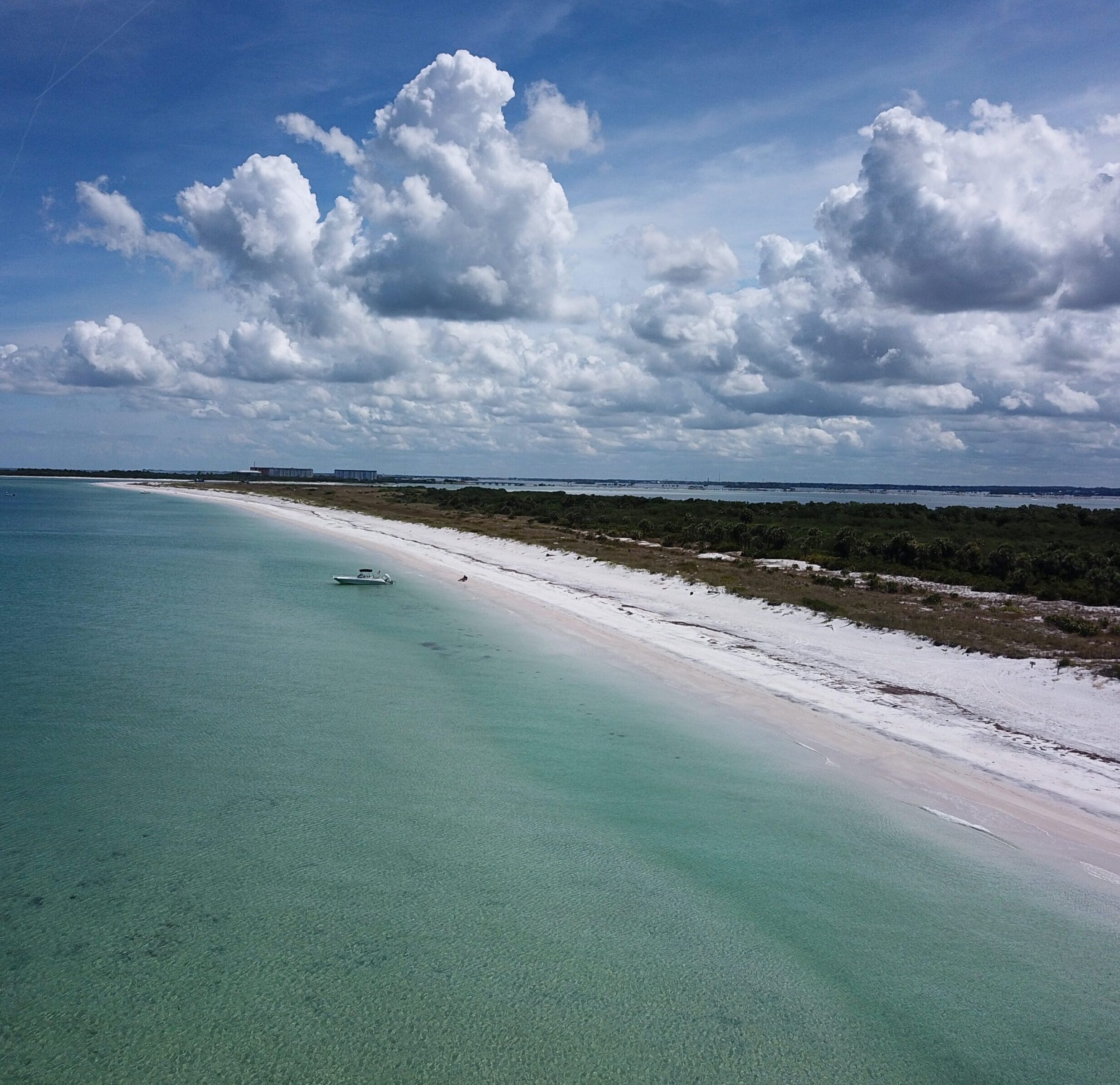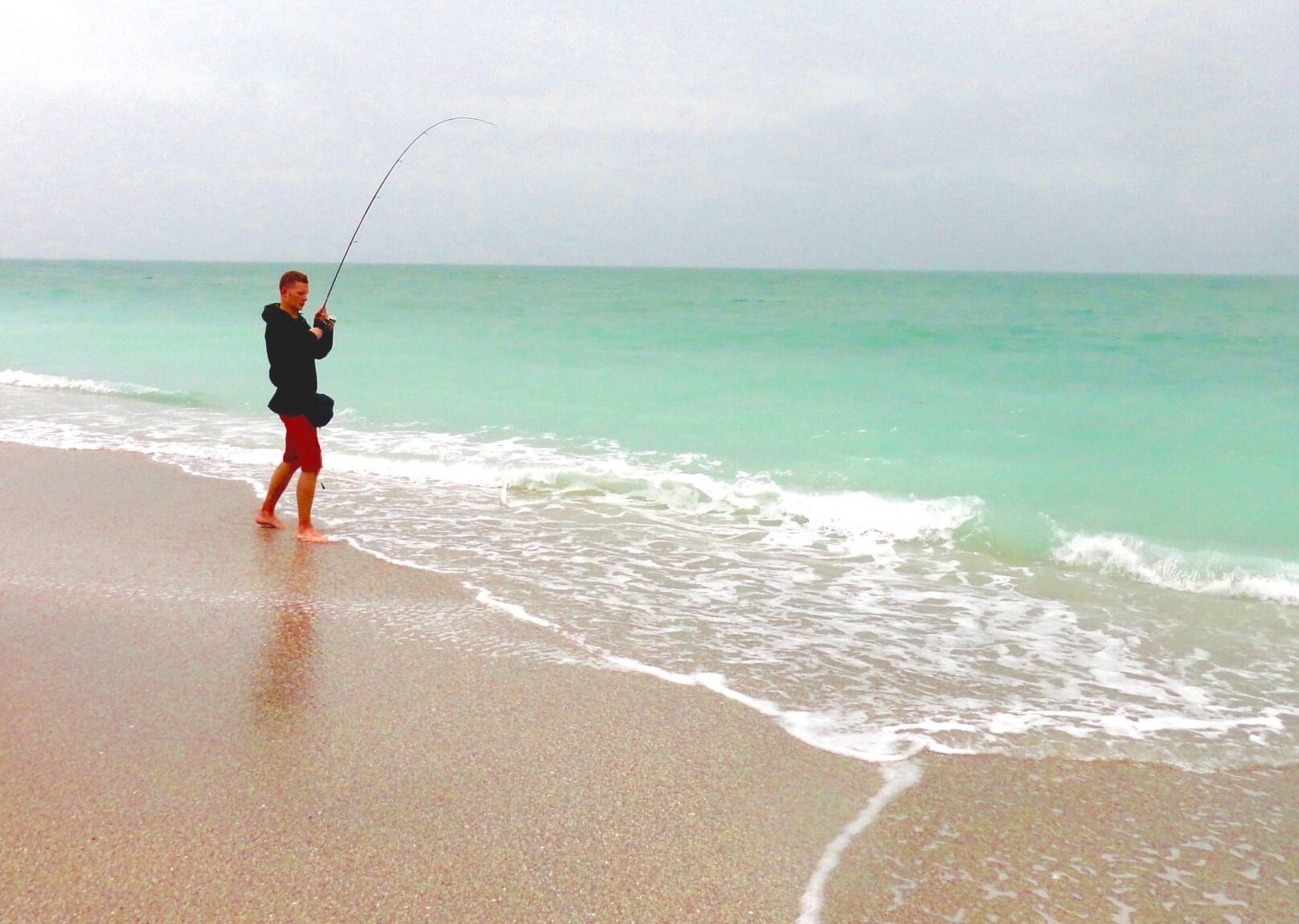Fishing is a dangerous profession, and it is essential to take safety measures to ensure the well-being of those onboard a fishing boat. There are numerous risks and hazards involved in fishing, including working with high tension lines, chemicals, loud noises, and even working independently in open sea. Fishing hooks, rods, and lead sinkers can also be dangerous if not handled with care, and there is a risk of drowning. Therefore, it is crucial to be aware of these risks and take necessary precautions to prevent accidents from occurring.
Safety equipment is an essential aspect of staying safe on a fishing boat. The Commercial Fishing Industry Vessel Safety Act of 1988 (CFIVSA) and other legal requirements mandate that owners of fishing vessels must provide basic health and safety measures, safe working practices, and safety equipment. Life jackets and wearable personal flotation devices (PFDs), throwable flotation devices, fire extinguishers, and distress signals are some of the essential safety equipment that must be available on board. Checking weather conditions beforehand and not overloading the boat with people or equipment are also critical safety measures.
It is crucial to prioritize safety measures on a fishing boat, and wearing a life jacket or PFD is the most important safety measure one can take. In fact, by law, all boats must have a U.S. Coast Guard-approved life jacket for each person on board, and some states require children to wear life jackets at all times. Therefore, it is essential to educate oneself on the necessary safety equipment and legal requirements and take all necessary precautions to ensure the safety of everyone onboard.
Preparing for a safe fishing trip
Before heading out on a fishing trip, it is crucial to check the weather and sea conditions. According to the National Oceanic and Atmospheric Administration (NOAA), recreational boaters should always look up weather forecasts and sea conditions before heading out. Hot weather can also be dangerous, so it is essential to take precautions such as wearing sunscreen, SPF clothing, and staying hydrated. Additionally, it is recommended to learn more about planning boating trips and how to operate a vessel in rough water. By taking these measures, individuals can ensure that they are prepared for any weather or sea conditions that may arise during their fishing trip.
Proper maintenance of the boat and equipment is also essential for a safe fishing trip. Before departing, it is recommended to conduct a boat safety checklist, which includes checking weather conditions, float plans, life jackets, and safety courses. Regularly cleaning the hull and deck with mild soap and waxing can help protect the boat’s finish and ensure that it is in good working order.By properly maintaining the boat and equipment, individuals can prevent accidents and ensure that they are prepared for any situation that may arise.
Planning for emergencies is also crucial when going on a fishing trip. Individuals should prepare a boat safety kit, which includes essentials such as a flashlight, extra batteries, and first aid supplies.Additionally, practicing safety drills and having an action plan in case of a disaster on the water can help individuals react quickly and effectively in emergency situations.By taking these measures, individuals can ensure that they are prepared for any unexpected emergencies that may occur during their fishing trip.
Safety measures while on board
When on board a fishing boat, it is crucial to wear appropriate safety gear to ensure the safety of all passengers. Life jackets and wearable personal flotation devices (PFDs) are a must-have on any recreational vessel. The Division of Boating and Waterways recommends that boaters always wear a life jacket, regardless of their swimming ability or boat operation experience. Additionally, it is important to ensure that all required safety gear is onboard and in good working condition. By wearing proper safety gear, individuals can significantly reduce the risk of accidents and injuries while fishing.
Proper fishing techniques can also contribute to on-board safety. It is important to keep hooks and lures in tackle boxes and to learn methods for safe hook removal to avoid hooking oneself or others. When reeling in a fish, it is recommended to do so in a seated position to maintain proper balance and avoid falling overboard. Hunters should also remain seated while shooting, and when setting decoys, should maintain their center of gravity to prevent capsizing. By following these techniques, individuals can prevent accidents and maintain their safety while on board.
Maintaining proper balance and movement on the boat is essential for safety while fishing. Individuals should avoid standing in a small boat and take care when changing positions to prevent capsizing. When seated, it is recommended to keep legs spread and lean against a seat for increased stability.
Guests should also be instructed to keep both feet and at least one hand in contact with the boat at all times to prevent mishaps. Additionally, it is important to wear several layers of light clothing and bring rainproof covering to stay dry and warm. By maintaining proper balance and movement on board, individuals can prevent accidents and ensure a safe and enjoyable fishing experience.
Dealing with emergencies
Fishing boats can be dangerous environments, and it’s important to know how to respond to emergencies. Accidents and injuries can happen unexpectedly, so it’s essential to be prepared to respond appropriately. If a crew member is injured, it’s important to get them as dry and warm as possible and assess their condition for signs of hypothermia, ingested water, or other injuries. If a mayday call is necessary, it’s important to respond with thorough actions, including making the call and following proper emergency procedures. Being prepared for emergencies can help save lives and prevent further injuries.
In the event of an emergency, knowing how to call for help and emergency services can be critical. A VHF radio is the best way to call for help in an emergency, and it can also be used for routine communications like checking in with other boats or contacting the coast guard. When making a call for help, it’s important to speak slowly and clearly, and repeat essential information like Mayday, your position, and your emergency. There are also many SOS devices available for boating emergencies that can help ensure a call for help goes through.
Evacuation procedures and safety drills are essential for staying safe on a fishing boat. Crews must perform and document safety drills regularly for potential situations like persons overboard, fire, flooding, and personnel injuries. Sinking and capsizing drills should also be conducted to ensure everyone is wearing their life jackets or personal flotation devices and to establish proper emergency procedures. Conducting safety drills can save lives and help prepare crews to survive unexpected situations. Being prepared and knowing proper emergency procedures can help keep everyone safe on a fishing boat.


